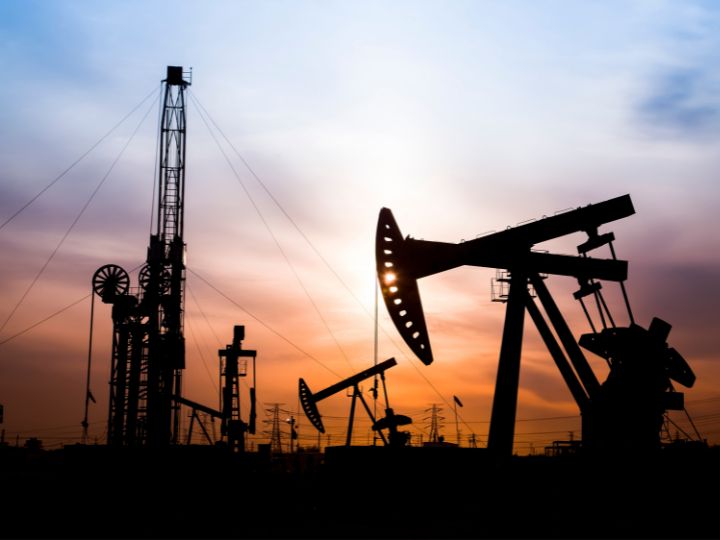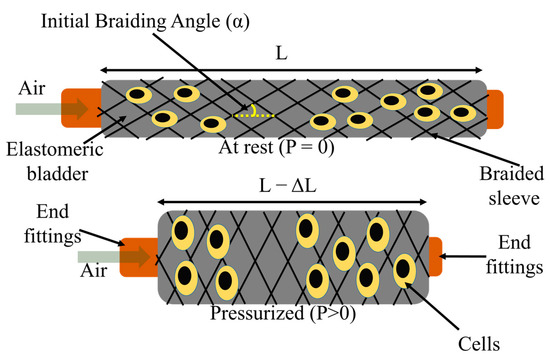2023-05-25 ヒューストン大学(UH)

University of Houston researchers created innovative digital applications to improve energy industry processes.
◆研究チームは、エンジニアが時間とリソースを節約できるようにするために、これらのツールを広く利用できるようにすることを目指しています。
<関連情報>
- https://uh.edu/news-events/stories/2023/may-2023/05252023-energy-industry-apps.php
- https://www.sciencedirect.com/science/article/abs/pii/S294989102200077X
物理学が導いたデータ駆動型モデルで炭化水素ガスの最小混和圧力(MMP)を推定する Physics guided data-driven model to estimate minimum miscibility pressure (MMP) for hydrocarbon gases
Utkarsh Sinha, Birol Dindoruk, Mohamed Soliman
Geoenergy Science and Engineering Available online: 4 January 2023
DOI:https://doi.org/10.1016/j.geoen.2022.211389
Abstract
Local or regional availability of hydrocarbon gases, and being associated with the native fluids makes them a reliable candidate for gas injection processes. As the achievement of miscibility leads to higher recoveries (see the comprehensive review on miscibility by Dindoruk et al., 2021), miscible hydrocarbon injection will be preferred where it is feasible. Using hydrocarbon gases for miscible injection has additional benefits 1) High outlet pressures from the separators (using gas compressors) (Griffith et al., 1970) leading to lesser gas volume to transport, 2) Reduction of flaring: in many places where there is no or not enough infrastructure capacity to transport these gases, such gases are simply flared (Worldbank, 2022; USCUSA, 2022), 3) Being associated with the in-situ fluids, less likely to have issues such as corrosion, or other potential problems. Methane (dominant component in hydrocarbon gas streams) and other live HC blends is classified greenhouse gases (GHG) which are harmful to the environment and such actions do not comply with the tighter carbon/emission reduction policies that are being implemented, especially considering the fact that resulting in the emission of methane, which has 28 to 36 times the global warming potential (GWP) compared to CO2 (EPA2, 2022; Turner et al., 2016; Turner et al., 2019). From the recovery point of view and as well as tuning the equation of state (EOS) for gas injection processes, minimum miscibility pressure (MMP) is a pivotal parameter estimating the recovery factor during gas injection processes. In this study we developed a methodology using Light Gradient Boost (Light GBM) (Ke et al., 2017) based model to estimate: 1) Minimum Miscibility Pressure (MMP) for the injected stream of hydrocarbon (HC) gas, and 2) minimum heavy HC gas (C2H6, C3H8 or their equivalence like CO2 and H2S) that is required to be added for a target MMP into the light HC gas stream. This is also known as minimum miscible enrichment, MME to achieve a prescribed MMP if the pressure requirements for a given lean gas are too high to implement in the field, usually due to compression cost and/or reservoir/well integrity reasons. We validate our MMP model using Leave-One-Out-Cross-Validation (LOOCV) (Shao, 1993) method which is the least unbiased cross -validation method and therefore proves the robustness of the proposed model. We compared the accuracy of the proposed model (AARE = 3.83%) with the leading correlations in the industry, and the proposed model significantly outperforms all the relevant models in the literature as shown in this study (Maklavani et al., 2010; Eakin and Mitch, 1988; Glaso, 1985; Kuo, 1985). The proposed model fully considers the underlying physics of miscibility and takes into consideration all the key and easy to obtain input parameters that influence the miscibility pressure of the injected gas.



